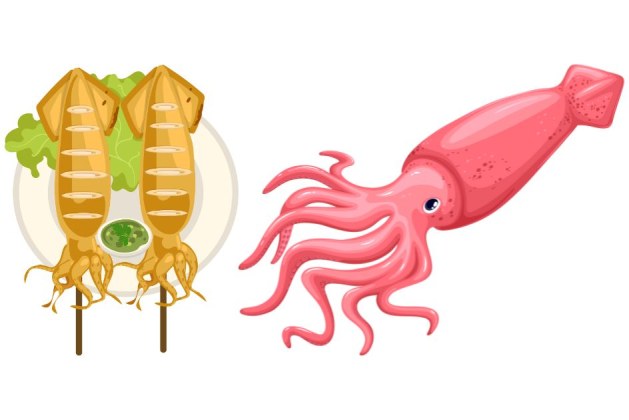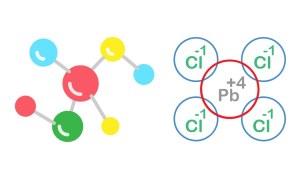The squid is a fascinating marine creature, known for its intelligence, speed, and unique physical features like its tentacles and ink sac. But in the vast and complex ocean ecosystem, where does the squid fit in terms of the food chain? Understanding the food chain of a squid provides insight into its role in the marine environment and how it interacts with other species.
The Squid’s Role in the Food Chain
Like many ocean creatures, squids are an integral part of the marine food web. Their position on the food chain can vary depending on the species of squid, but they are generally considered carnivores and play a key role in regulating populations of smaller fish, crustaceans, and other marine organisms. Squids are considered secondary consumers, meaning they feed on organisms lower on the food chain but can also become prey for larger predators. Let’s break down the squid’s place in the food chain.
1. Producers: Phytoplankton and Algae
At the base of the ocean food chain are the producers, which are organisms that can create their own food using sunlight through photosynthesis. In the ocean, the primary producers are mainly phytoplankton, tiny plant-like organisms that float near the ocean’s surface. These microscopic plants provide the essential nutrients that sustain the rest of the marine food web.
Phytoplankton are eaten by tiny marine animals, forming the first link in the food chain, which is passed up through various levels as larger animals eat smaller ones.
2. Primary Consumers: Zooplankton and Small Fish
Next in line are the primary consumers, which feed on the producers. This group includes zooplankton (tiny drifting animals) and small fish that feed on phytoplankton. These organisms are vital for transferring the energy from primary producers up the food chain to larger predators.
Small fish such as anchovies, herring, and other similar species are also food sources for the squid, especially for species like the cuttlefish and the giant squid.
3. Secondary Consumers: Squids
Squids themselves are secondary consumers. They are skilled hunters and use their agility, tentacles, and beaks to capture and eat a wide range of prey, including smaller fish, shrimp, crabs, and other marine animals. Some squid species also feed on other types of cephalopods, including other squid, as part of their varied diet.
Squids have excellent vision, and many species hunt in deep waters, using their ability to blend into their surroundings to ambush prey. The ink that squids can eject is another defensive mechanism, helping them evade predators when necessary.
4. Tertiary Consumers: Larger Predators
Squids are also an important food source for many tertiary consumers—larger predators higher on the food chain. Some of these include:
- Large fish: Species like tuna and swordfish are known to hunt and feed on squids.
- Marine mammals: Dolphins, whales, and seals are some of the primary predators of squid. Certain types of whales, like sperm whales, can consume large quantities of squid, including the enormous giant squid.
- Birds: Certain seabirds, like seagulls and albatrosses, also feed on smaller squid species that are closer to the surface.
5. Decomposers: The Final Link
After squids and other animals die, their bodies become food for decomposers—organisms like bacteria and scavengers that break down dead matter. These decomposers recycle nutrients back into the environment, which then become available to producers (phytoplankton) once again, completing the cycle of the food chain.
In the ocean’s intricate food web, squids play a dynamic role as both predators and prey. They are secondary consumers that hunt smaller marine creatures, while also serving as an important food source for larger animals. Understanding the food chain for a squid helps us appreciate the delicate balance of marine ecosystems, where each creature, from the smallest plankton to the largest whale, has its part to play. The squid’s position as a skilled hunter and prey for bigger predators demonstrates the complexity and interconnectedness of ocean life.




Leave a comment